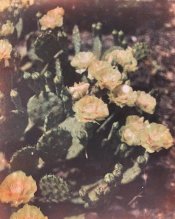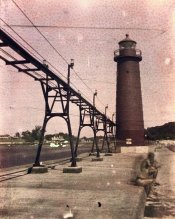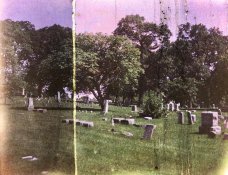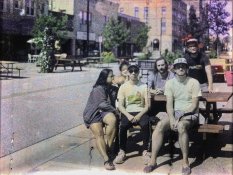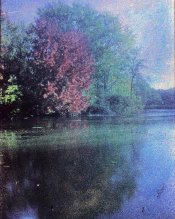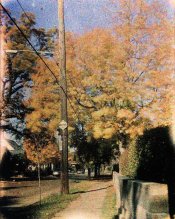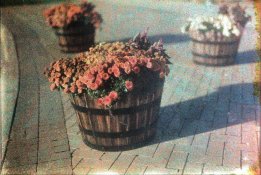Second this.
Also, would it be possible to dye the starch cyan, magenta and yellow, make a gelatine emulsion with it and coat on top of an existing negative film to get a color negative?
Are you saying you would have the starch present during the exposure, and then separated before processing? You would still want to go with RGB since you're dealing with transmitted light, and not reflected.
Ilford also makes coated glass plates and sell bottles of emulsion, maybe worth a conversation with them about making higher speed plates for you?
That's certainly an option that would probably work very well. However personally, it's a lot more fun to me to have full control over the process from start to finish. I'll never feel like I've mastered autochromes if I'm outsourcing 50% of the work to someone else.
My current goal is still to dedicate some time to increasing emulsion speed, though I haven't had much time to do this in the last couple of months. I'm nearly finished redoing my entire darkroom and labspace, so hopefully I will be able to jump into that again soon!
I also need to rethink much of my methodology with the "first varnish". A number of recent screens I've made have experienced large failures, with the starch/second varnish spontaneously peeling off. The first varnish seems to lose its adhesion to the glass, creating a sort of foggy looking artifact. This doesn't actually affect exposure or viewing much at all luckily, but this behavior isn't present in any of the original Lumière plates. I'm still not entirely sure what the cause is exactly. It's not a showstopper by any means, but it is annoying to deal with.






